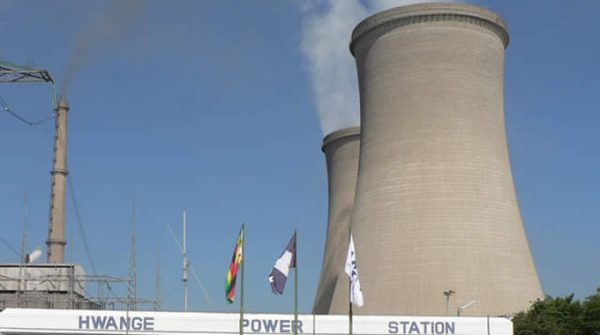India is ready to extend nearly half a billion United States dollars to support three key power projects in Zimbabwe, an Indian diplomat has revealed, adding the concessional loans either awaited signatures of parties or project tenders.
At Hwange Power Station, for which the largest chunk of the loan facilities is earmarked, advanced age, technical problems due to neglect of maintenance, parts replacement and failure to upgrade have made the plant prone to frequent breakdowns.
The other project is the Bulawayo Power Station repowering.
Indian Ambassador to Zimbabwe Rungsung Masukui, said Delhi was ready to extend US$310 million for upgrading of Hwange Power Station, US$110 million to re-power Bulawayo Power Station and US$45 million for upgrading the Deka project.
India and Zimbabwe have enjoyed very strong cordial socio-economic and political relations since the Southern African country gained independence from Britain in April 1980, which continues to manifest in various ways.
Zimbabwe urgently needs to increase internal power generation to bridge an acute demand-supply mismatch worsened by the drought of last year, which has reduced water levels in the Kariba Dam and curtailed hydro-power generation capacity at the country’s single largest power plant.
Demand for power at peak periods in Zimbabwe roughly stands at 1 800 megawatts (MW) against internal electricity generation capacity of 700MW to 800MW at the height of the plant’s reliable generation capacity.
Ambassador Masukui said the loans were being processed with the tender for Bulawayo power plant re-powering having been issued in India, while the loan for Hwange upgrading only awaits the signatures of parties.
The loan for the Deka Lift Pump upgrades and laying of a second water pipeline from the Zambezi River to Hwange Power Station awaits ongoing tender processes to enlist contractors in India.
There is need to increase water pumping and transportation to the power station given that Hwange is having its capacity expanded by 600 MW.
“At Government to government level, there are several projects. Just at the Hwange power plant; two projects are there; the US$310 million one, which is for the upgrade of six units,” he said.
Hwange Thermal Power Station used to be the biggest power plant in Zimbabwe, before Kariba South had units 7 and 8 added for 300MW, with an installed capacity of 920MW. But can only do 550MW at best, if most of its 5 functional generators are working, which is very rare these days.
“The other one is laying of a water pipeline from the Zambezi River, which is the Deka Pumping Station (project), to Hwange power plant; that is another separate project for around US$45 million,” Ambassador Masukui said.
From the river, water for the boilers and cooling towers is drawn by both high and low lift pumps to a storage reservoir located adjacent to the station and conveyed by gravity to the station.
“The third one is at Bulawayo Power Station; that again is for the refurbishment of that power plant for US$110 million.
“So that put together at Government to government level, which is at concessional terms, amounts to nearly US$500 million,” he said.
Ambassador Masukui said to demonstrate support for Zimbabwe and the strong cordial relations between the countries; India sends business delegations to scout for investment opportunities during every major exhibition that Zimbabwe hosts.
Registrations with Zimbabwe Investment Authority (ZIA) by Indian firms for investments in various sectors, including mining, energy, education and agriculture, have fallen from 16 to 7 in 2017, picked up to 37 in 2018 and reaching 25 by June 2019. They are seen at over 50 by year-end.
Ambassador Masukui said the concessional loans will be ready soon, as India was committed to support the projects since energy is a key enabler Zimbabwe needs to resolve urgently to end disruptive load shedding.
“The quicker we move the better it is,” he said_Business Weekly
.png)




